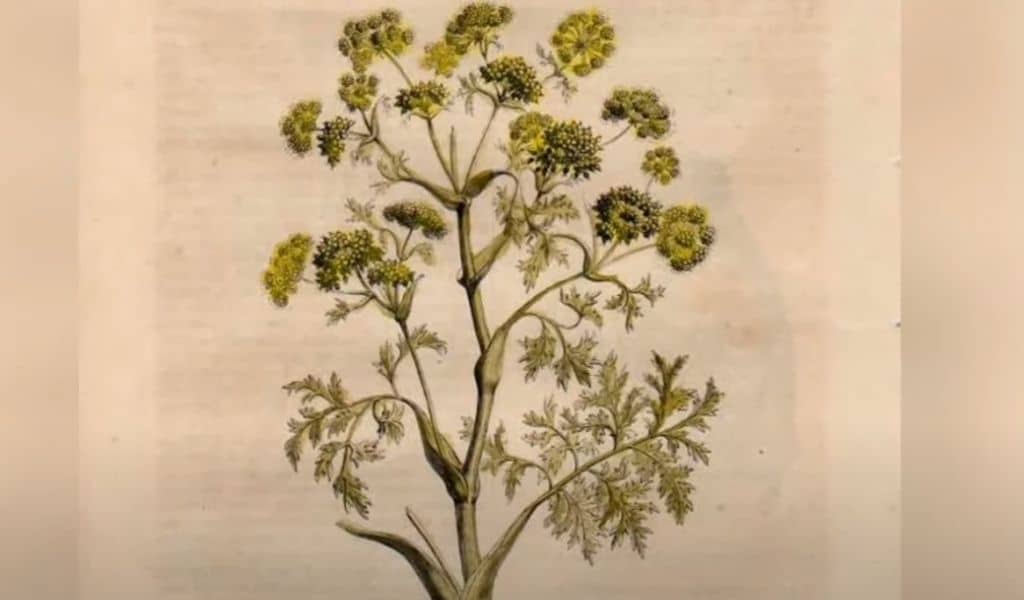One of the most sought-after items in ancient times was silphium, a now-extinct plant that was previously utilized by the Greeks and Romans for perfume, seasoning, medicine, and even contraception.
Julius Caesar was said to always have a lot of silphium on hand because the plant was so useful.
Silphium only grew in a small strip of land near the North African city of Cyrene, which is now in what is now Libya. The city’s economy depended on this strip of land. At the time, Cyrene was the richest place in Africa because it was where the plant was grown and sold.
It was used all over the ancient world, which helped Cyrene’s economy grow and made it a center for art, culture, and health in the ancient Greek world.
In fact, it was home to a well-known medical school and the Cyrenaics, a group of philosophers who believed that happiness was the key to life. The great Greek mathematician Eratosthenes was born in the city.
Researchers have found that silphium probably belonged to the genus Ferula, which includes plants like giant fennel and asafoetida. The drawings and accounts of the plant’s taste and look from the past helped them figure this out.
Asafoetida, which is still used a lot in Indian and central Asian cooking, was used in ancient times as a cheaper alternative to silphium. This means that it was either related to the plant or had a very similar taste.
Extinct Plant Silphium had many uses for Ancient Greeks
Plants in this genus tend to look like ancient pictures of the plant, which was often shown on coins from Cyrene because of its economic value to the city.
It seems to have been a tall flowered plant with a heart-shaped seedpod at the top. In fact, some ideas about the origins of the modern symbol for love point to the shape of the seedpod of the silphium, which was often used as an aphrodisiac.
Silphium was used for a long time throughout the old Mediterranean. Both the Minoans and the ancient Egyptians had special symbols for the plant, and it was often praised in songs and poems from many different cultures.
According to a story, silphium came from the god Apollo himself. It was used to treat coughs, pain, warts, fever, and indigestion. Even though it was used as an aphrodisiac, it was also used as a way to prevent pregnancy and even to cause abortions.
Hippocrates, who is known as the “father of medicine,” even used the plant to treat a swollen belly.
Silphium was also used in Greek and Roman cooking, and Apicius, who put together one of the most well-preserved collections of old recipes, used it a lot in his recipes.
Its earthy smell and healing qualities also made it an important ingredient in perfumes and lotions and creams from the past.
Why did Silphium go Extinct?
Silphium was in great demand because it could be used in many different ways. But by the time of Nero, who was ruler of Rome from 37 to 68 AD, the plant was almost gone. Pliny says that the last silphium plant was given to Nero when it was found.
Scholars think that because the plant was so famous, it was over-harvested and over-farmed, which made the soil in the small area where it grew lack nutrients.
Shepherds also used to feed silphium to their flocks because the plant changed the meat to make it more soft and tasty. Scholars think that the plant probably died because it was grazed too much.
Others say that the plant died out because of changes in the climate of the area, which turned once-green fields into dry deserts.
Theophrastus and other ancient writers said that silphium was very sensitive to changes in the land and could not be grown in large numbers or in places other than Cyrene because of this.





































